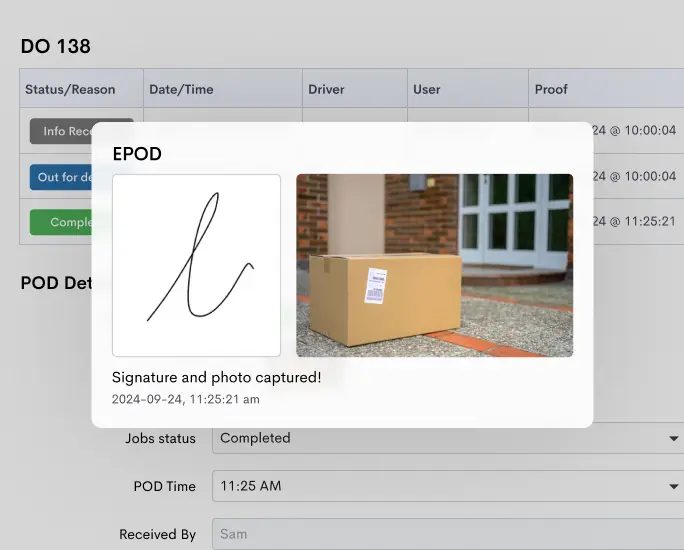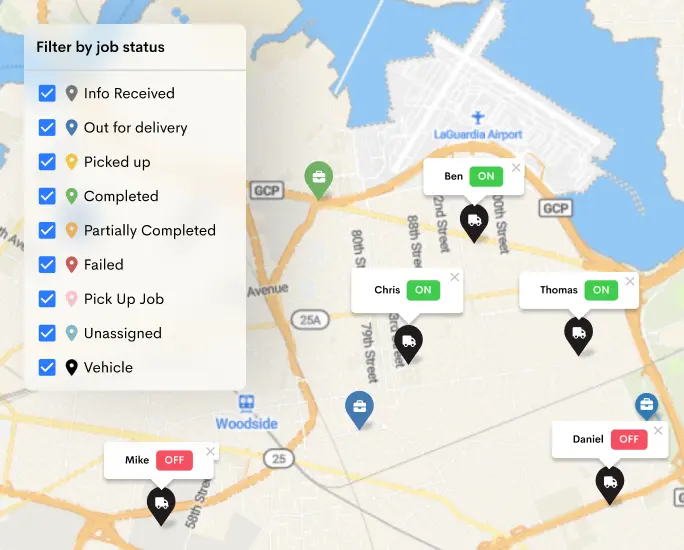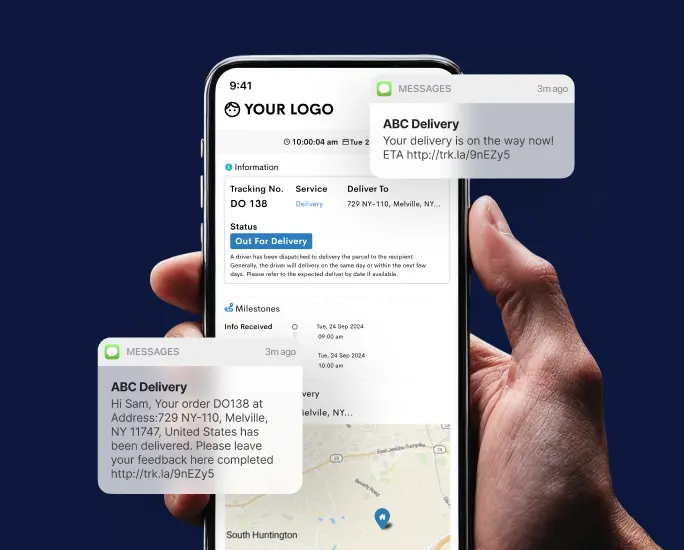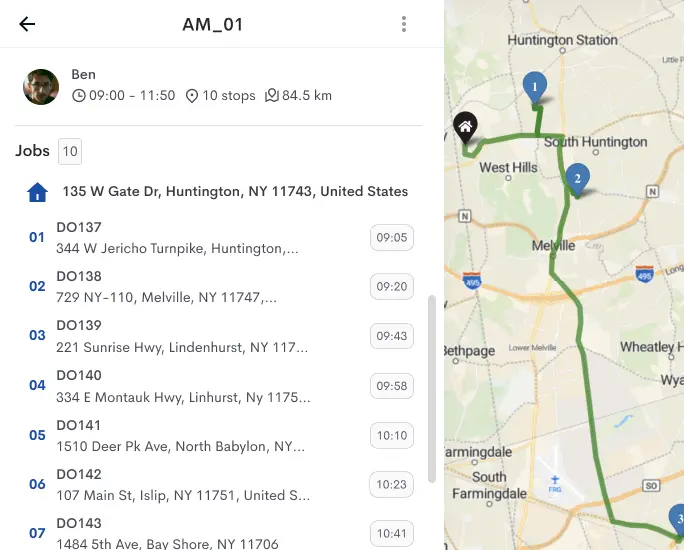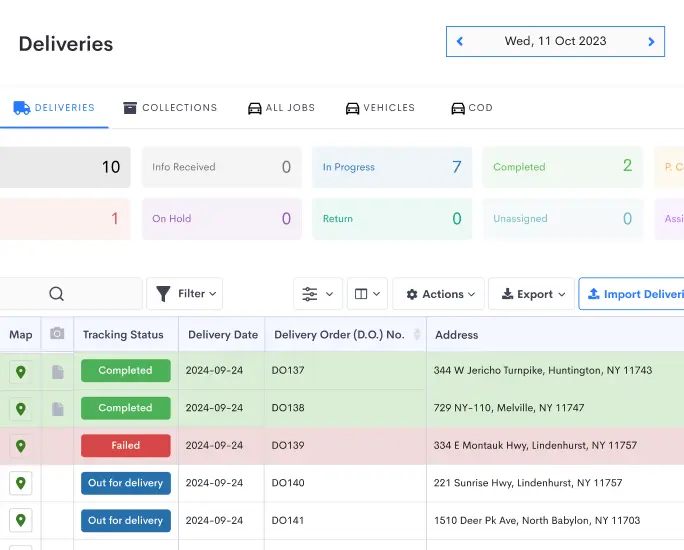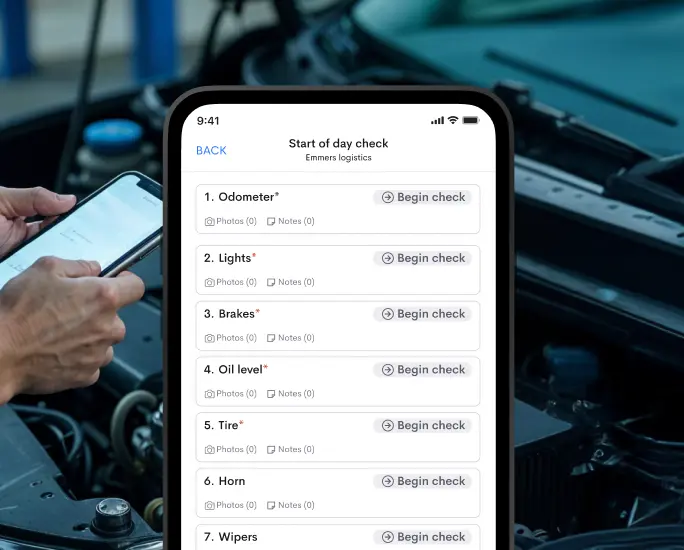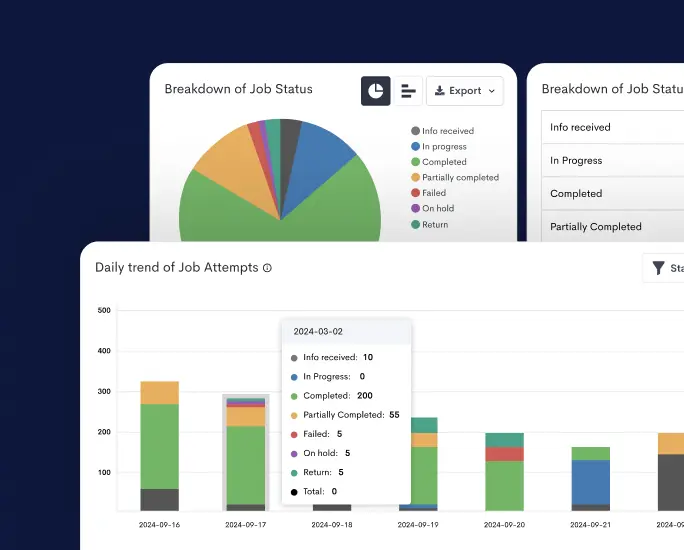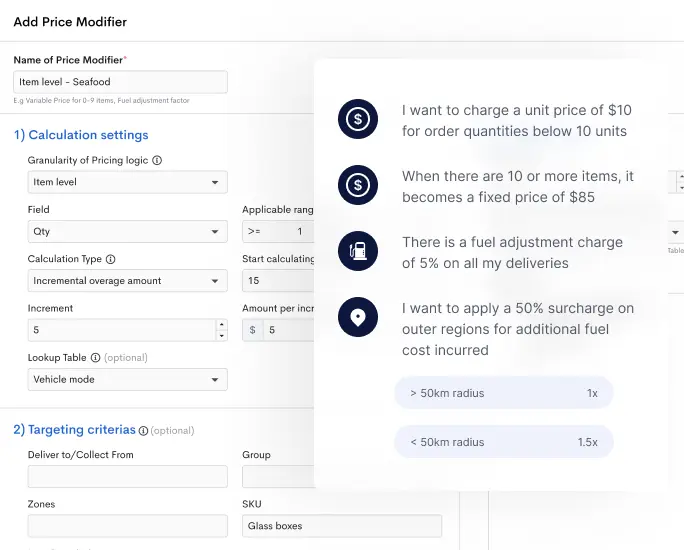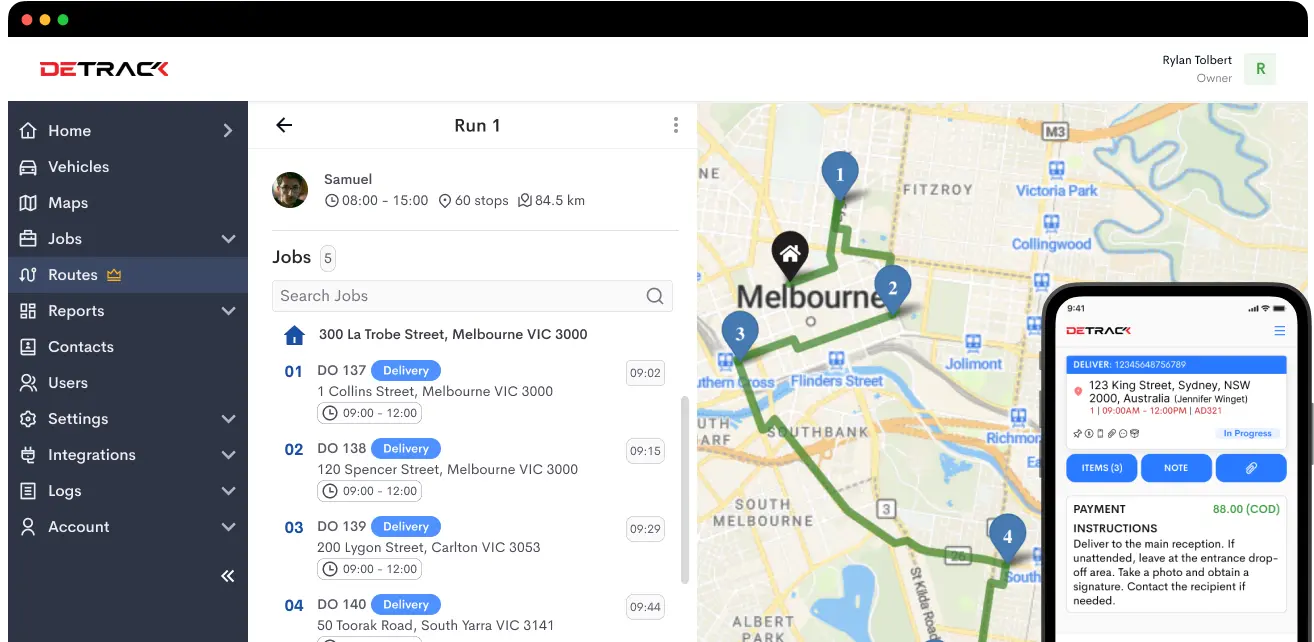Ensuring vehicle safety is more important than ever, whether managing a fleet or simply driving for personal use. With technological advancements and updated regulations, avoiding potential issues is key to preventing accidents, reducing maintenance costs, and ensuring compliance. This comprehensive 2025 vehicle safety inspection checklist covers everything you need to keep your vehicle in top condition.
Why Regular Vehicle Inspections Matter
Regular vehicle inspections not only help identify potential hazards but also extend the lifespan of your vehicle. Key benefits include:
- Preventing accidents caused by mechanical failures
- Enhancing fuel efficiency by maintaining optimal vehicle performance
- Reducing costly repairs by identifying issues early
- Ensuring compliance with legal and industry standards
- Improving overall road safety
Pre-Inspection Preparation
Before conducting a vehicle inspection, ensure you have the necessary tools and documentation, including:
- A flashlight for visibility in low-light areas
- A tire pressure gauge
- A vehicle inspection checklist
- A maintenance logbook
- Gloves and safety goggles for protection

Exterior Vehicle Inspection Checklist
1. Tires and Wheels
- Check tire pressure and adjust according to manufacturer specifications.
- Inspect tire tread depth to ensure sufficient grip.
- Look for visible damage, such as cuts, bulges, or cracks.
- Ensure wheel alignment is proper and check for uneven wear patterns.
- Tighten lug nuts and check for any loose or missing components.
2. Lights and Signals
- Verify that all exterior lights (headlights, brake lights, turn signals, fog lights) are working properly.
- Check for cracks or fogging in light casings.
- Clean headlights to maintain optimal brightness.
3. Windshield and Wipers
- Inspect the windshield for cracks or chips.
- Test wipers for smooth operation and replace worn blades.
- Ensure the washer fluid reservoir is full.
4. Mirrors and Windows
- Check side and rearview mirrors for proper positioning and any cracks.
- Ensure power windows operate smoothly.
Interior Vehicle Inspection Checklist
5. Dashboard Warning Lights
- Turn on the ignition and ensure all dashboard warning lights illuminate properly.
- Check for any warning indicators related to brakes, engine, oil, or battery.
6. Brakes and Pedals
- Test the brake pedal for firmness and responsiveness.
- Listen for unusual noises when applying brakes.
- Inspect emergency brake operation.
7. Seatbelts and Airbags
- Ensure seatbelts retract and latch properly.
- Inspect for fraying or damage.
- Check airbag warning lights and inspect airbag covers.
8. Steering and Suspension
- Test steering wheel movement for excessive play or stiffness.
- Check suspension by pressing down on the vehicle’s front and rear to observe bounce-back.
- Listen for clunking noises when turning.

Under the Hood Inspection Checklist
9. Engine Oil and Fluids
- Check oil level and consistency using the dipstick.
- Inspect coolant, brake fluid, transmission fluid, and power steering fluid levels.
- Look for leaks under the vehicle.
10. Battery and Electrical System
- Inspect battery terminals for corrosion and secure connections.
- Test battery voltage and charging capacity.
- Ensure all electrical components, such as the horn and interior lights, function properly.
11. Belts and Hoses
- Look for cracks, fraying, or wear on belts.
- Inspect hoses for leaks or signs of deterioration.
- Ensure proper tension and alignment of belts.
Under the Vehicle Inspection Checklist
12. Exhaust System
- Check for rust, cracks, or loose components.
- Listen for unusual noises, such as rattling or excessive engine noise.
13. Transmission and Differential
- Look for leaks under the vehicle.
- Ensure smooth gear shifts without delays or grinding noises.
14. Suspension and Undercarriage
- Inspect for rust, damage, or loose components.
- Ensure shocks and struts provide proper support and dampening.
Advanced Safety Features Inspection
15. ADAS (Advanced Driver Assistance Systems)
- Test lane departure warning and assist functions.
- Check adaptive cruise control settings.
- Inspect blind-spot monitoring and collision avoidance systems.
16. Emergency Equipment
- Ensure the spare tire is inflated and the jack is operational.
- Check for the presence of an emergency kit (first-aid, flares, flashlight, jumper cables).
- Confirm fire extinguisher accessibility and expiration date.
Digital and Connectivity Features Inspection
17. Infotainment and Navigation
- Test touchscreen responsiveness.
- Ensure GPS maps and software are up to date.
- Verify Bluetooth and voice command functionality.
18. Mobile App and Telematics
- Check vehicle telematics for real-time tracking and diagnostics.
- Ensure mobile app connectivity with the vehicle.
Creating a Routine Inspection Schedule
For optimal safety and performance, conduct:
- Daily checks: Lights, brakes, tires, and fluids
- Weekly checks: Wipers, battery, and windshield
- Monthly checks: Belts, hoses, and suspension
- Quarterly checks: Full system diagnostics, including ADAS and telematics
- Annual professional inspection: A certified mechanic should perform a thorough evaluation
Conclusion
Staying proactive with vehicle safety inspections helps ensure safer roads, lower maintenance costs, and compliance with regulations. Whether managing a fleet or driving a personal vehicle, following this 2025 vehicle safety inspection checklist will keep your vehicle in peak condition and ready for the road ahead.Ready to enhance your fleet’s safety with real-time tracking and automated maintenance alerts? Try Detrack today to streamline vehicle monitoring and ensure compliance effortlessly!

